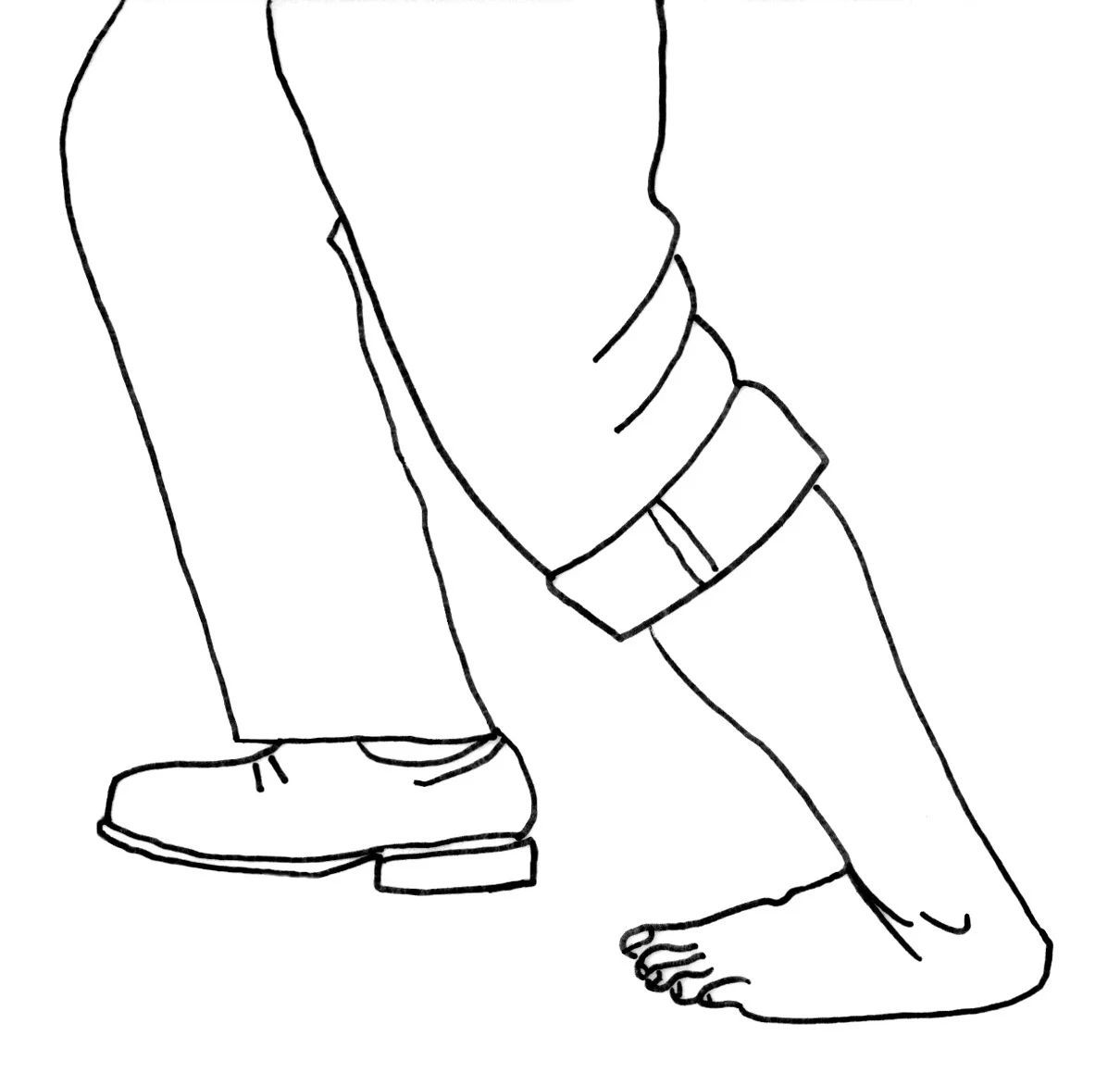Heel Pain
Plantar Fasciosis
What is Plantar Fasciosis?
Plantar fasciitis is a common condition that causes pain under the heel or the arch of the foot. The pain is often worse after periods of rest, such as first thing in the morning. It usually occurs without any obvious injury to the foot and is caused by chronic inflammation of the plantar fascia. The plantar fascia supports the arch and helps with foot propulsion during walking.
For some people the pain can cause them to limp. This can be a real problem as they may then experience pain in other structures which are now being overused by limping. Common sites for this include the Achilles tendon, both the inside and outside of the ankle or the ball of the foot.
Why has this happened?
There are many risk factors for developing plantar fasciitis such as:
- Obesity
- Flat foot posture
- Occupations involving prolonged standing
- Tight calf muscles
- Medical conditions, e.g. Diabetes, Rheumatoid arthritis
- Age (usually over 40)
- Sporting activities, e.g. Running
What is a heel spur?
Many people have heard of or been diagnosed with a heel spur. This is a small bony growth that occurs at the site of the origin of the plantar fascia on the underside of the heel. The spur is nearly always painless and is a sign of the condition rather than the cause of the pain. Many people without plantar fasciitis have a bony spur at this site.
How is Plantar Fasciitis treated?
Plantar fasciitis is usually a mechanical problem so the most effective forms of treatment try to address the cause of the condition. This usually involves:
Orthotics (heel cushions, insoles, splints)
Stretching exercises (see next page)
Footwear advice
Weight loss
Activity modification
There are many different types of orthotics and you may be referred to a podiatrist or orthotist for custom orthotics to be made. Footwear advice usually involves wearing a supportive lace-up shoe with a cushioned sole. Some people find wearing a shoe with a small heel (below 1 inch) helpful as this can reduce strain of the plantar fascia.
Other forms of treatment include trying to reduce the inflammation through applying a cold compress, anti-inflammatory gels or tablets. Cortisone injections can also be very helpful in reducing acute pain but will often not cure the problem completely.
Can it be cured?
Evidence suggests that plantar fasciitis will resolve in 90% of cases within 1 year. For some patients the pain may resolve for a period but then return again or affect the other foot. It is often important to continue with the mechanical treatment even after the pain has resolved.
Will I need surgery?
As the condition usually resolves with time surgery is rarely indicated. An operation can be performed but only if the pain is severe and doesn’t respond to all of the conservative treatments and the person has had the pain for 12 months.
EXERCISES
These should be performed three times per day. Stretching first thing in the morning can help reduce the pain at this time of the day. Hold each stretch for ten seconds and repeat ten times.
Exercise 1
Place the affected foot over the other leg as shown in the picture. Pull the toes and foot upwards towards the shin. You should feel tightness in the arch (plantar fascia) with your fingers.
Fig 1.
Fig 2.
Fig 3.
Exercise 2
Stretch the calf muscle of the affected leg by leaning against the wall as shown. The affected leg should be the back leg. You should point your toes inwards towards the other foot and keep your heel firmly on the ground. This stretch should produce discomfort but not pain in the calf muscle.
Exercise 2.
Exercise 3
Place your toes against the wall as shown. Flex your toes upwards as far as they will. Bend your knee and take weight through your front foot.
Exercise 3.





